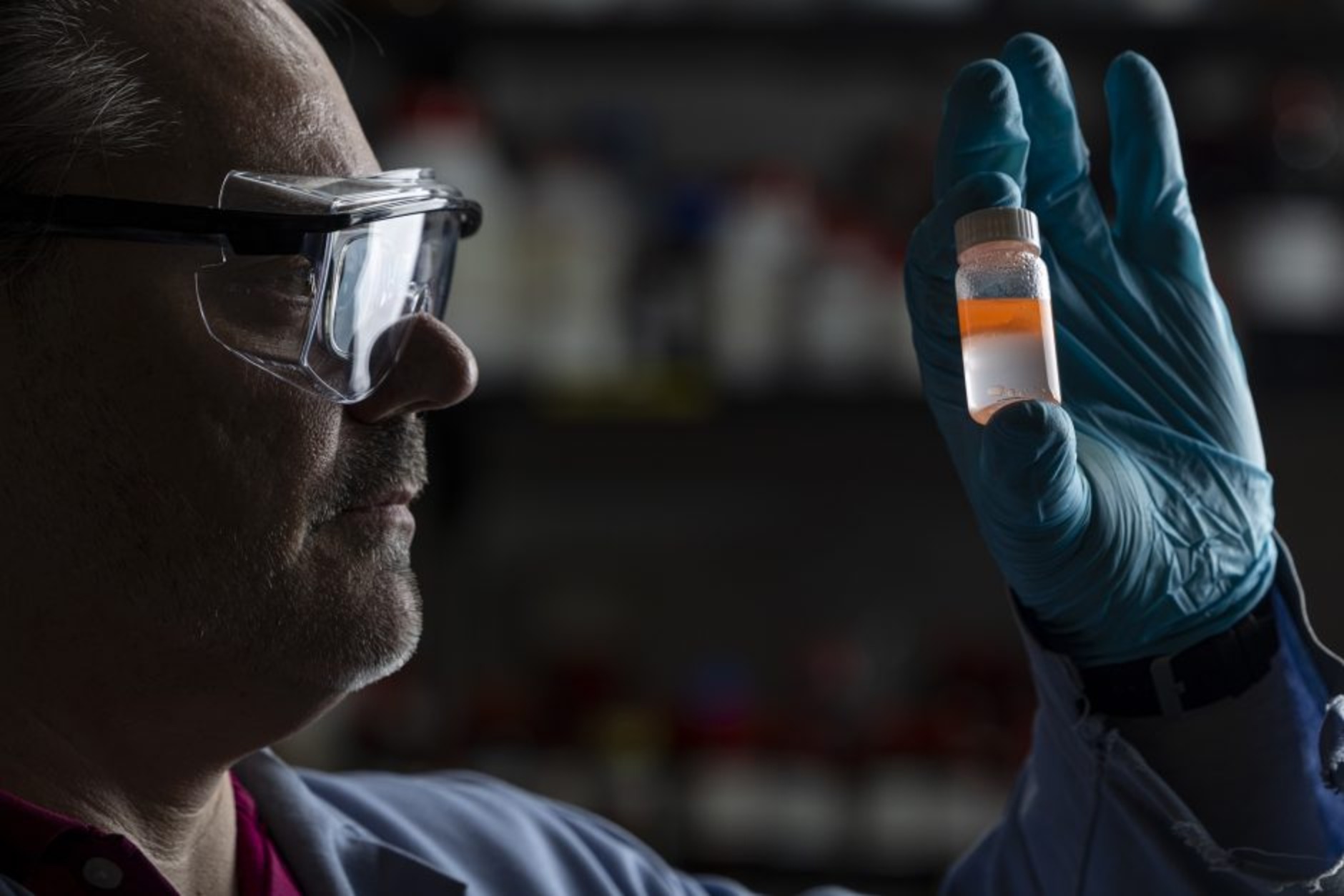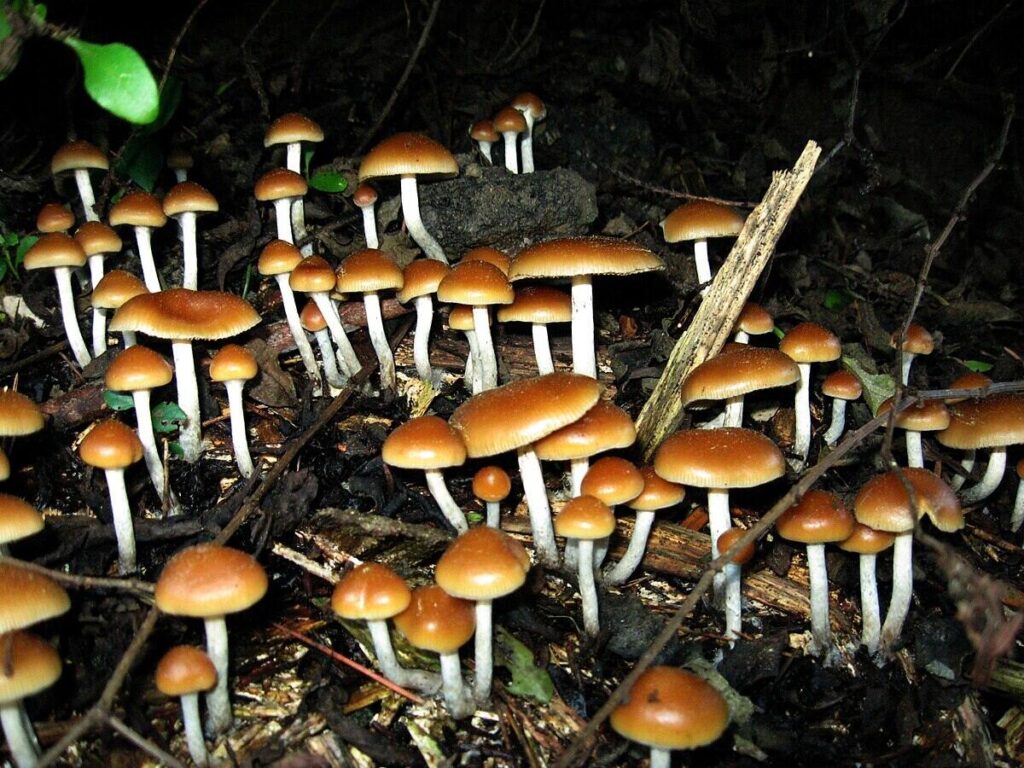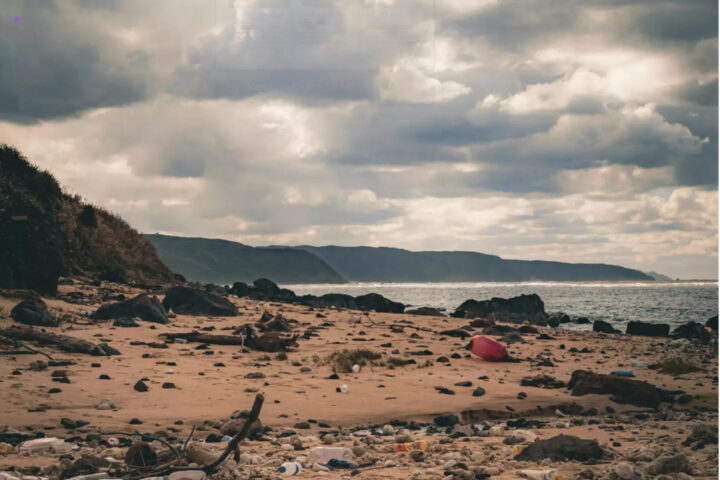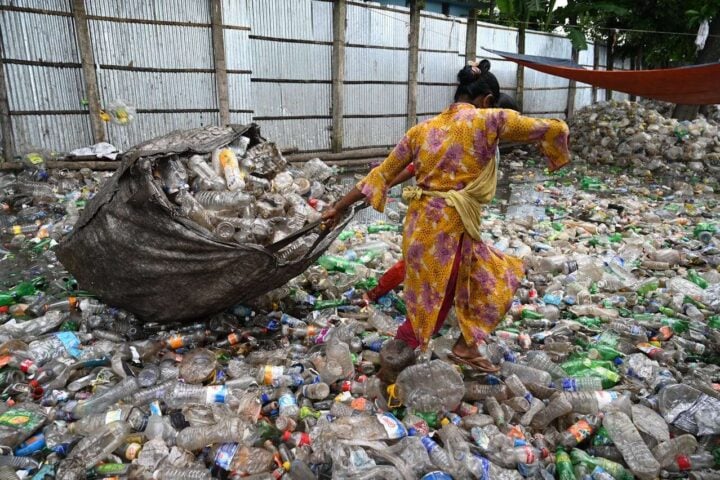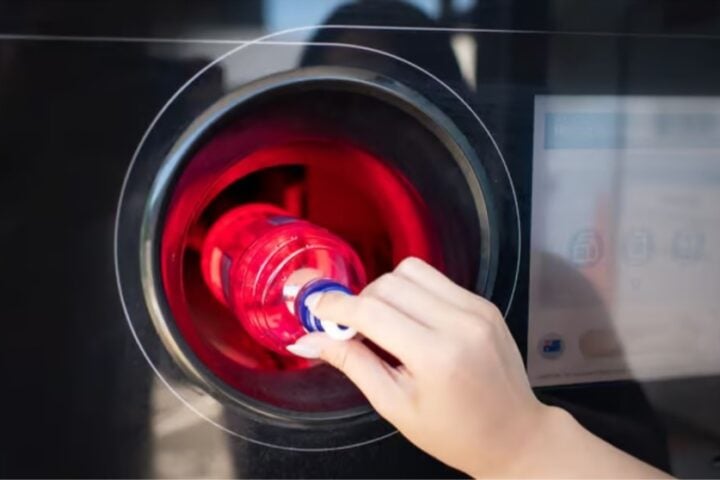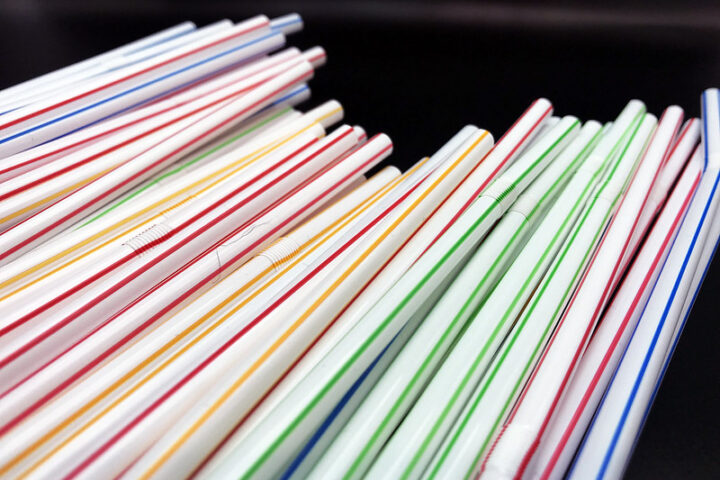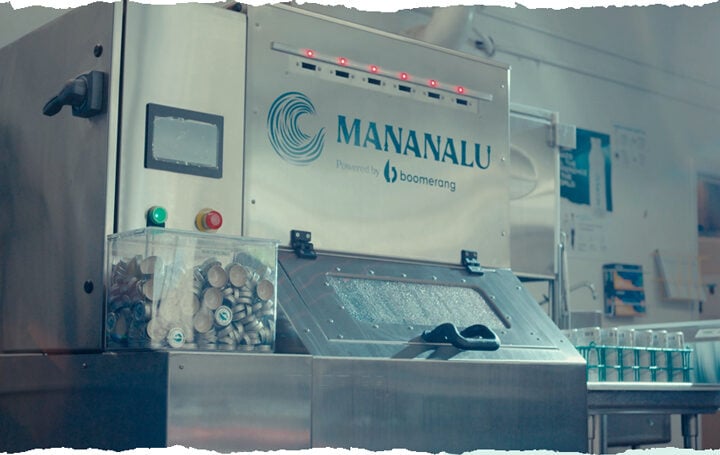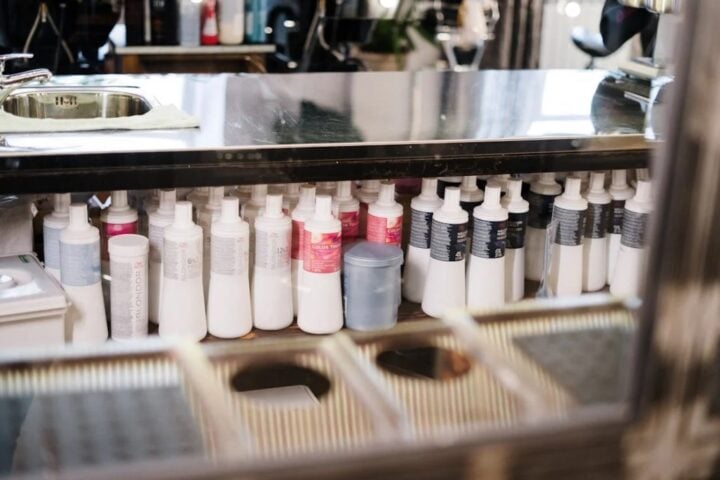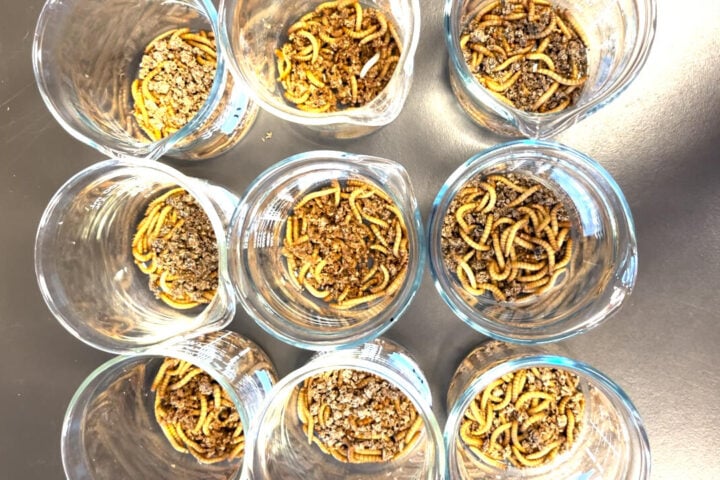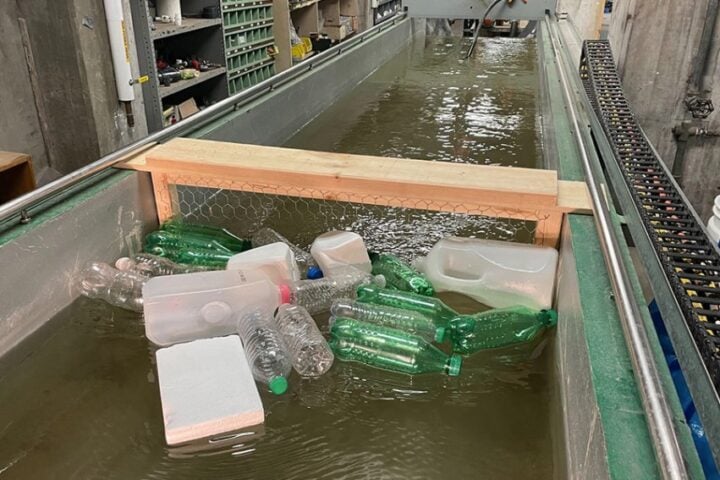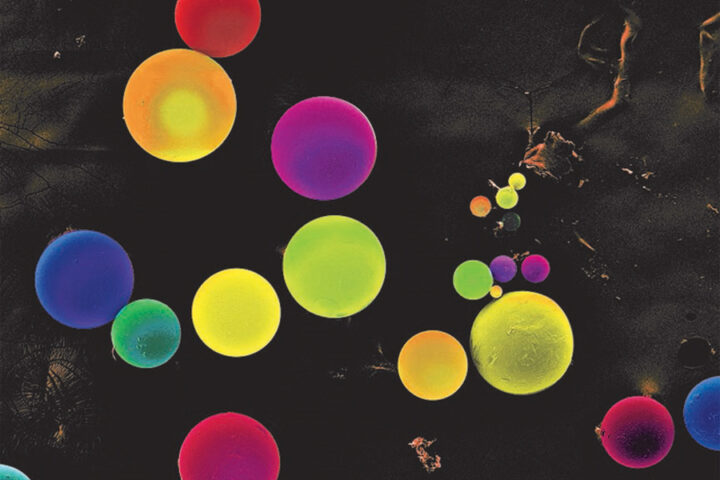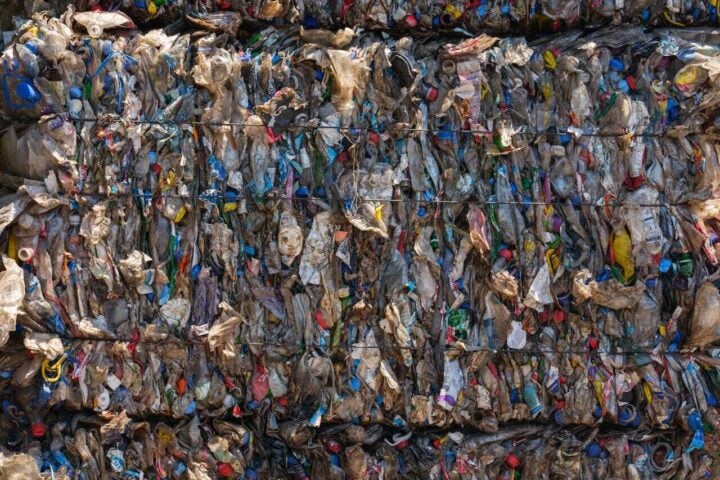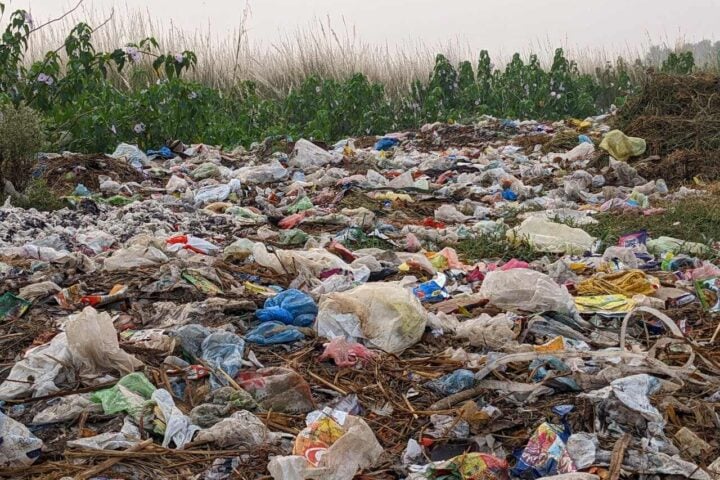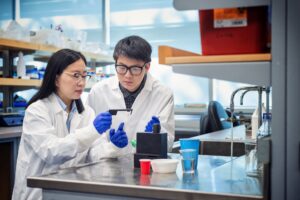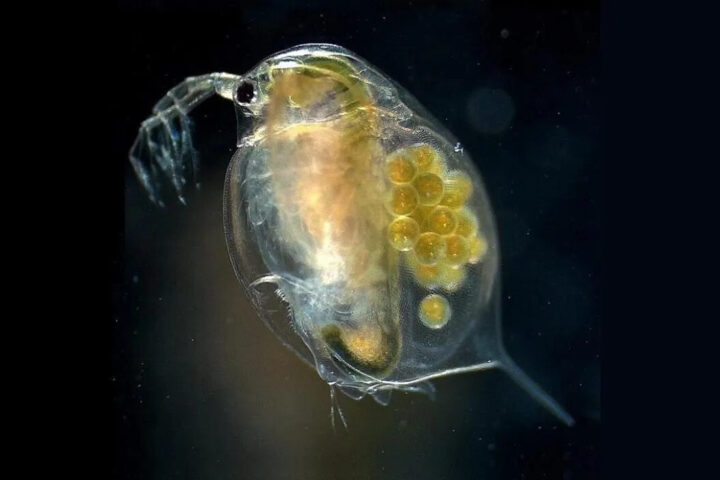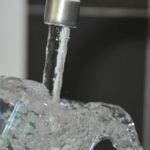Plastic particles smaller than a human hair have met their match at University of Missouri labs, where scientists created a liquid solution that pulls 98% of nanoplastics right out of water. These tiny plastic bits, measuring under 100 nanometers, have been sneaking past conventional water filters and into our drinking glasses – until now.
The team’s secret weapon? Natural ingredients transformed into water-hating solvents that float like oil on water’s surface. “Our strategy uses a small amount of designer solvent to absorb plastic particles from a large volume of water,” says Gary Baker, associate professor at Missouri’s Department of Chemistry. These hydrophobic deep eutectic solvents (HDESs) act like tiny plastic magnets, drawing out particles whether you’re dealing with freshwater or seawater.
Each year, humans pump out over 400 million metric tons of plastic. Fourteen million tons of it ends up in oceans, where sunshine and waves break it down into nanoscopic fragments. These fragments slip through gills, cell walls, and into organs – 83% of tap water worldwide already contains these invisible invaders.
Previous cleanup attempts hit walls – membrane filters caught 75% at best, while chemical clumping methods topped out at 80%. Even recent innovations using magnetic particles or carbon adsorbents couldn’t break 85% efficiency. Baker’s team smashed those records with their 98% removal rate.
Similar Posts
The Missouri scientists aren’t stopping there. They’re calculating exactly how much plastic their solvents can trap and figuring out ways to reuse them. Water treatment plants need solutions fast – environmental agencies are tightening rules as WHO reports show 90% of bottled water contains these plastic particles.
Looking ahead, the team aims to perfect their HDESs formula for different water conditions. Every solvent ingredient comes from sustainable sources, keeping environmental impact low while tackling our invisible plastic problem. Their work continues with urgency – as existing plastic waste crumbles into smaller pieces, nanoplastic concentrations only rise.
The clock ticks while plastic accumulates in our waters. This Missouri breakthrough offers real hope for cleaner water, proving that sometimes the best solutions float right to the surface.
